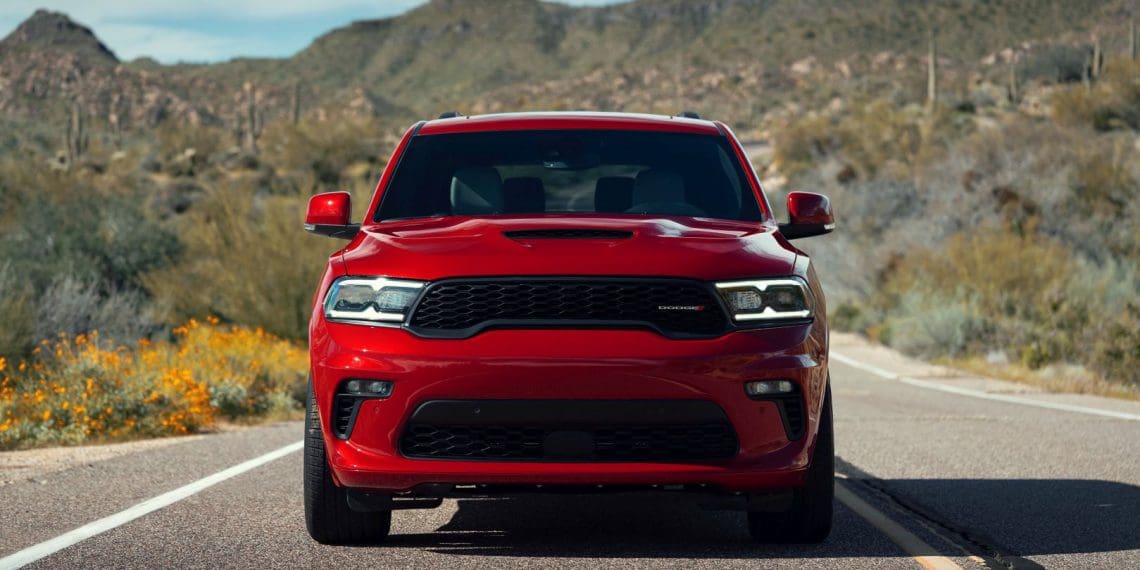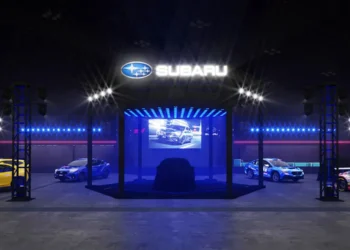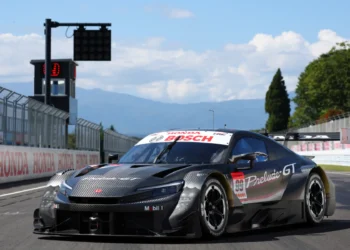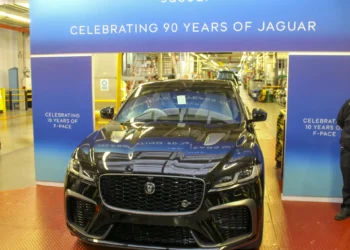The Dodge Stealth, a forgotten icon of the 1990s, is set to make a surprising comeback—but not in the form car enthusiasts might expect. Originally a twin under the skin of the Mitsubishi 3000GT, the Stealth was a product of Chrysler’s collaboration with Mitsubishi. It debuted in 1990 with sleek, sporty looks and a powerful twin-turbocharged 3.0-liter V6 engine, ready to battle the likes of the Mazda RX-7 and Toyota Supra. However, high prices and low sales sent the Stealth to an early grave in 1997.
Fast forward to today, and Stellantis is dusting off the Stealth nameplate for a bold new venture. This time, the Stealth will re-emerge as an SUV, replacing the aging Dodge Durango, a mainstay in the American SUV market since 1997. The Durango, currently in its third generation, has seen a long run since its debut 14 years ago, but the future is calling for a fresh new face to carry the torch—and the Stealth is poised to take on that challenge.
The next-generation Durango has been reportedly canceled, according to Sam Fiorani, vice president of global forecasting at AutoForecast Solutions. Instead of a new iteration of the Durango, Stellantis plans to extend the life of the current model until mid-2027, when the new Stealth SUV will finally hit the market. The Stealth, slightly smaller than the Durango, is set to be produced at Stellantis’ Windsor plant in Ontario, Canada.
Unlike the sports car legacy it once carried, the new Stealth will be built on Stellantis’ STLA Large platform, which supports both electric powertrains and internal combustion engines (ICEs). This aligns with Stellantis’ broader strategy of transitioning toward electrification, as the company has already phased out the legendary Dodge Charger and Challenger in favor of electric and hybrid powertrains. The Stealth SUV will continue this evolution, blending the past with the future.
However, the revival of the Stealth isn’t without controversy. The United Auto Workers (UAW) union has accused Stellantis of potentially moving production of the Durango outside the U.S., a move the UAW claims would violate a labor contract set to run through 2028. With over 2,700 jobs at risk, the situation has escalated into federal labor charges. For now, the Durango is still being built at the Detroit Assembly Complex, but the coming years will determine the future of its production—and the potential impact on American workers.
The return of the Stealth as an SUV marks a significant shift for Dodge and Stellantis, signaling the company’s desire to modernize and compete in a rapidly changing automotive landscape. Whether the Stealth can recapture the same intrigue it did in its 1990s sports car days remains to be seen, but one thing is clear: Dodge is charting a new course, and the Stealth will be at the forefront.









